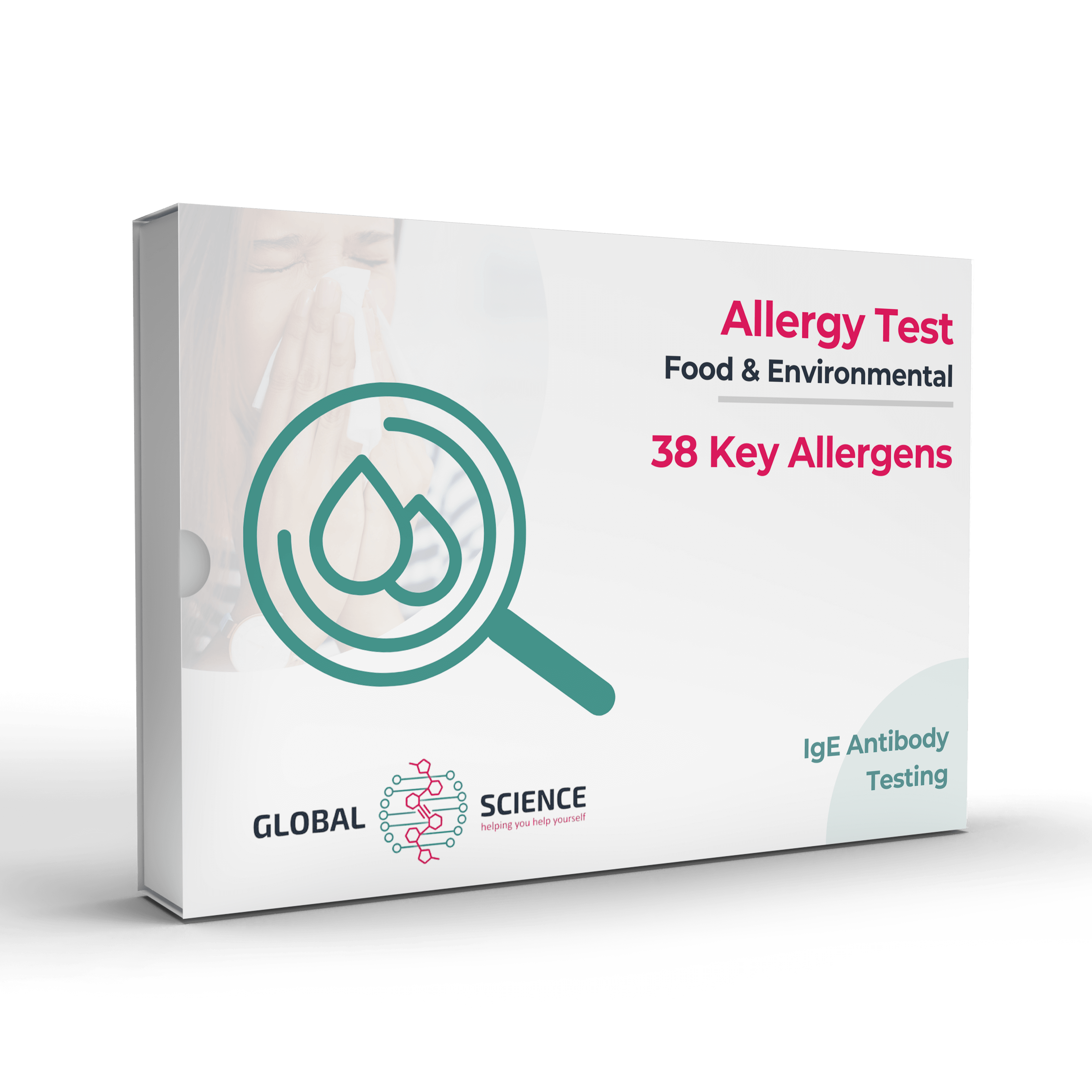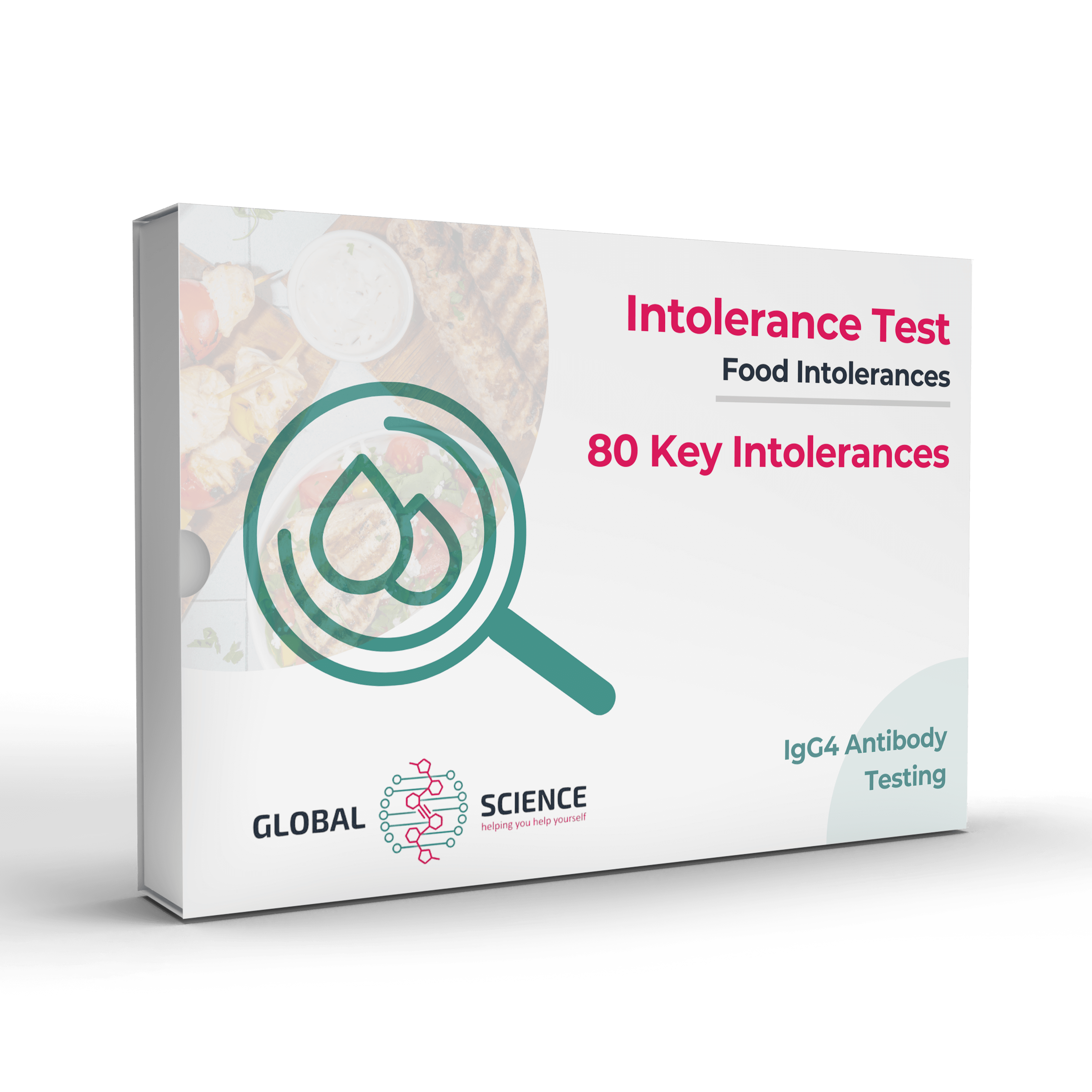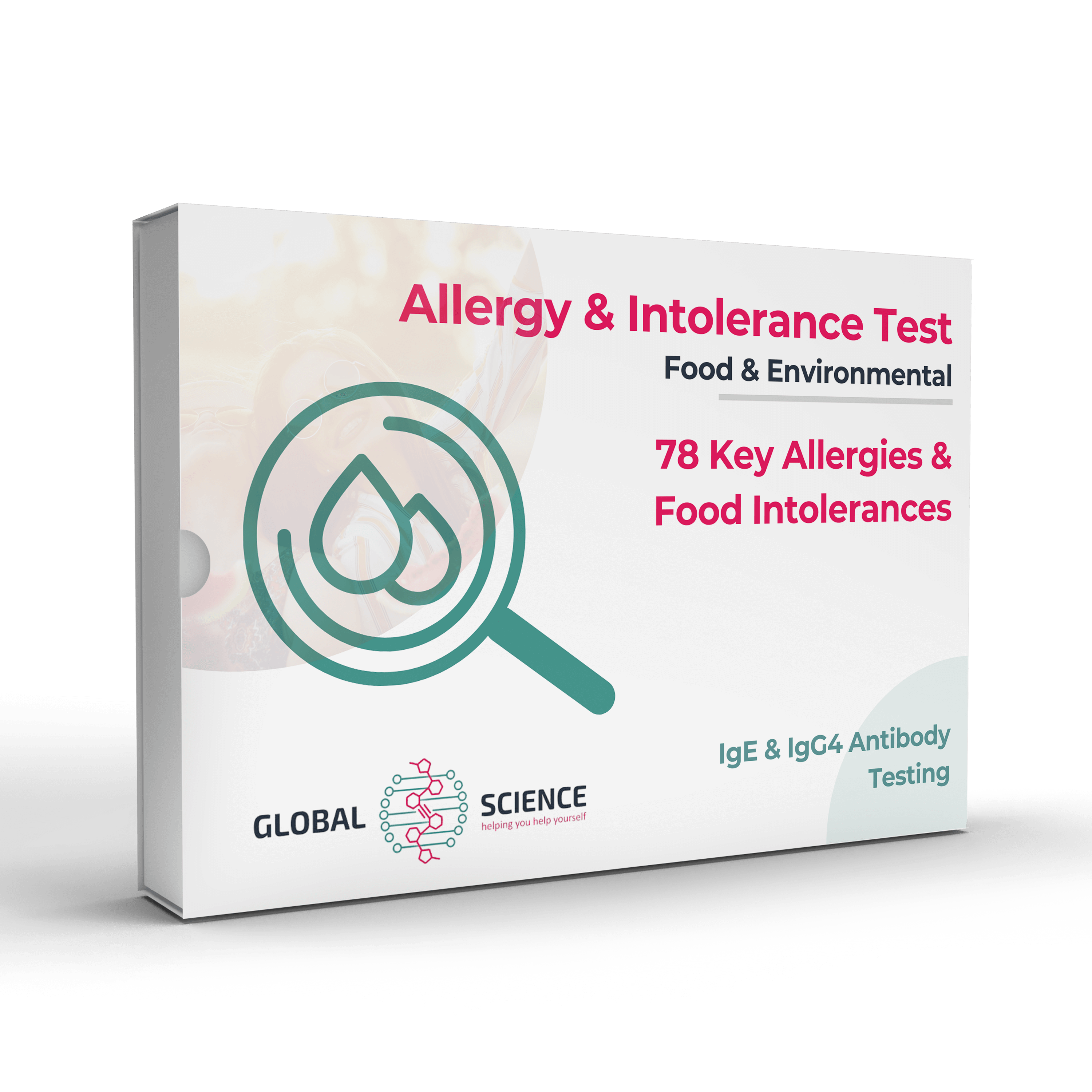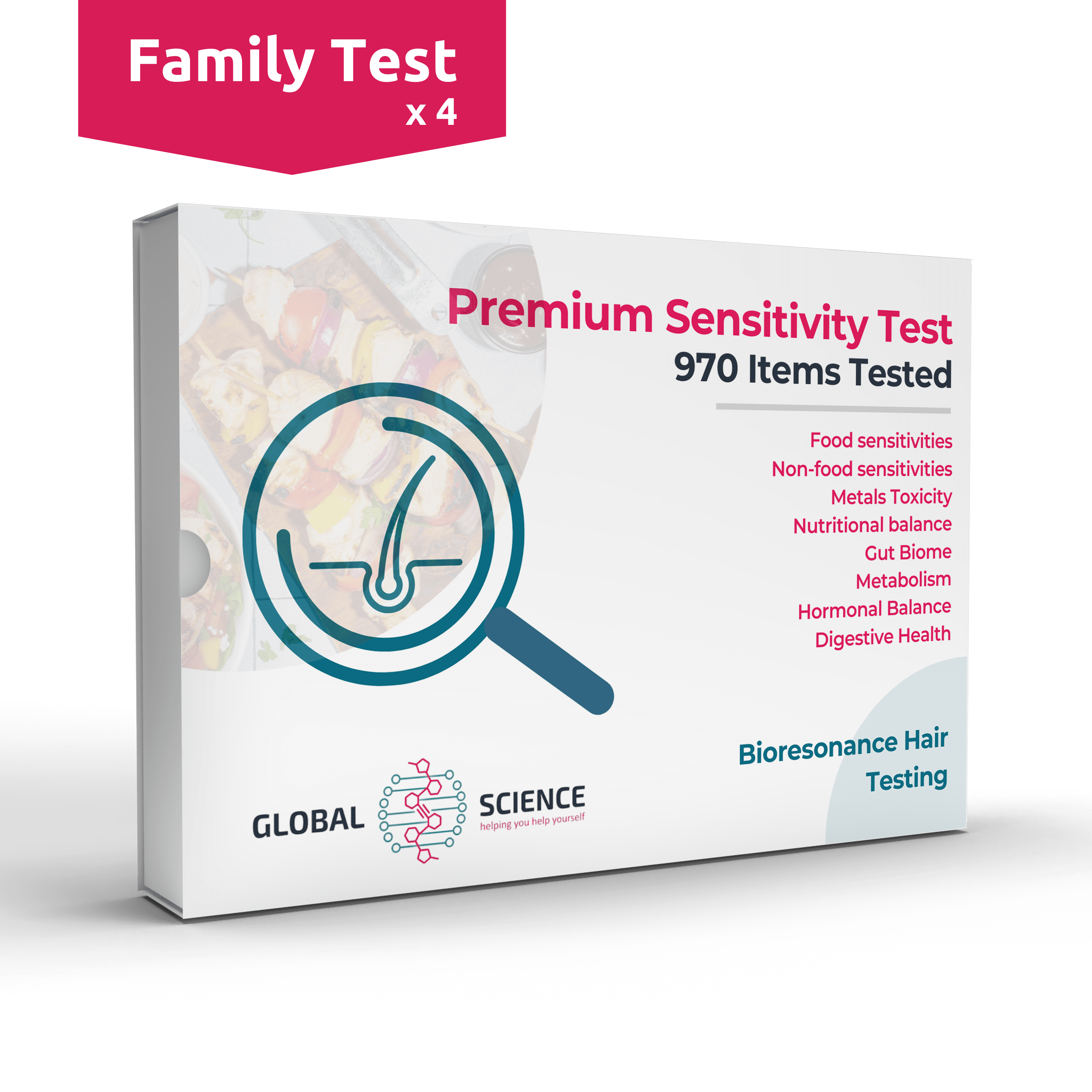Food intolerance facts
More about Food Intolerances
Food intolerances remain an area of research due to the diversity of complaints, severity of symptoms and the increase in reporting of cases worldwide.
We’ve put together our list of TMI Testing food intolerance facts based on our 10+ years of working with nutritional therapists, helping people with intolerances identify triggers and assisting clients with elimination diets.
The understanding of food intolerances and to a certain extent allergies is growing all the time and evolving with further scientific research.
What is a food intolerance?
A food intolerance occurs when chemicals in food or released when digesting, produce side effects in the body which present as symptoms in varying severity and over differing timescales. Most food intolerances are related to digestive complaints.
A food intolerance is not an allergy as a food allergy is a sensitivity to the protein in a specific food.
A food intolerance is not an immune response to a trigger item unlike an allergy.
The chemicals in the food can be organic, fresh or processed and can cause a varied degree of reaction.
Symptoms can present physically and even behaviourally. Individuals can suffer from more than one symptom and symptoms can change over time.
The delay in symptom presenting in the body can be up to 72 hours, however, allergies are a lot faster.
Understand your intolerances
Understanding your symptoms and getting a test can be the best start to eliminating food intolerances from your life.
A carefully considered, recorded and nutritionally balanced elimination diet will then provide you with a confirmation of the test results and your initial understanding of symptoms.
Once you have completed your elimination diet, it becomes easier to avoid trigger foods and make small changes to your lifestyle.
Who suffers from food intolerances?
- It is estimated that food intolerances may affect up to 10% of the population at any time when all foods considered. This is considerably higher than the prevalence of food allergies which are less common and usually more severe.
- Food intolerances are more common in adults than in children. This is thought to be due to overconsumption, lifestyle factors and increased exposure to an item. However, children are more likely to suffer from food allergies than adults.
- Child food intolerances are more often a sensitivity to food additives (artificial colours, flavours, and preservatives).
- Food intolerant individuals are also more likely to suffer from food allergies. Food intolerance can make existing reactions of eczema and asthma more severe but cannot bring about these conditions on its own.
- Food intolerance are believed to be linked to genetic dispositions in both the family and ethnicity.
Diagnosing a food intolerance?
- Food intolerances should be reviewed at the same time as food allergies. Checking your symptoms, the speed at which they present, and severity is a good initial indicator.
- An IgG intolerance test will give you a good starting point to undertake an elimination diet based on the results. IgG antibody testing provides information on how the body reacts to certain foods.
- An elimination diet can confirm any suspected food intolerances and should be carefully balanced with correct nutritional advice and supplementation.
- Some foods, especially processed foods, can contain more than one trigger item and you should consider all of these possible items before reintroduction into the diet.
Why do we test the IgG4 antibody?
We test IgG4 antibodies over IgG1 or total IgG as it leads to a lower level of false-positive reporting and allows for more targeted and relevant result.
IgG1 and IgG4 are the most commonly tested of the antibodies; however, some companies test all subclasses (4) leading to a higher level of positive, and unnecessary, food eliminations. IgG1 and IgG4 are produced in response to food antigens and therefore, can be used to identify intolerances. IgG1 antibodies are ‘first responders’ and as such, reach new food antigens by joining the antigens and forming complexes.
Immune system cells called macrophages quickly destroy these complexes. IgG1 antibodies can additionally activate further immune reactions such as the complement cascade and inflammation.
The IgG4 antibody is a more clinically applicable marker of chronic food-immune reactions and possible intestinal hyper-permeability. IgG4 reaction results are less likely to produce false-positives on in-vitro tests such as our testing.
Blood Tests


WAS £99 NOW £69
SAVE £30
Home-to-lab Allergy (IgE) test of 38 food and environmental triggers.

WAS £129 NOW £79
SAVE £50
Home-to-lab Intolerance (IgG4) test of 80 common food and drink triggers.

WAS £179 NOW £99
SAVE £80
A full screen of 78 combined Allergy (IgE) & Intolerance (IgG4) triggers.
Hair Tests

WAS £69 NOW £27
SAVE £42
A first step to learning more about your sensitivities with this test.

WAS £89 NOW £35
SAVE £54
970+ item comprehensive sensitivity and health test report.

WAS £178 NOW £59
SAVE £119
Make savings for two people on our most comprehensive test.

WAS £356 NOW £89
SAVE £267
Our best saving package for four people on largest screening of items.
Take the next step to relieving your symptoms.
Order your test today…
What happens after I receive my results?
Once you have received your report, the first step is to try eliminating the suggested catalysts from your diet.
We provide FREE support on:
Embarking and gaining progress on an elimination diet




